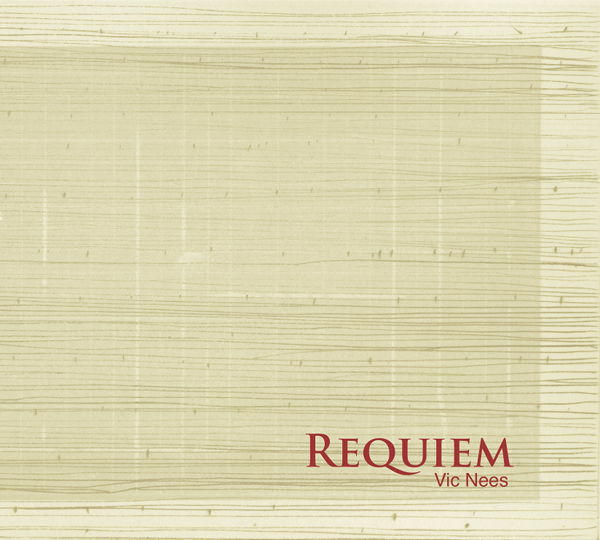I have over a number of years composed religious works comprising many parts, choral cycles based on Latin biblical texts. The most obvious combination being that of a mass was not included.
The text of the mass follows the liturgical order. The high point of the ordinarium of the mass falls within the Ministry of the Word: the Gloria and the Credo, where the composer can demonstrate his whole arsenal. During the Eucharist on the other hand the emphasis falls on the sacramental act, where the texts of the ordinarium are shorter and more reflective. In a performance within a liturgical setting that is completely natural but in a concert setting it comes over as an anti climax.
For this reason I would probably never have taken the initiative to compose a mass. It was only when the town of Neuss, in Germany, commissioned me to write one for the 850th anniversary of the Minster, the Quirinus-jubileum 2000, that my resistance was overcome. The liturgical specialist for the Diocese of Cologne replaced the Agnus Dei by a sung Communio which gave it a new sort of balance.
I thought I had done my duty and I returned to composing multi-part works following my own insight. I would never write a second mass and certainly not a Requiem.
In 2006, when I was 70, I considered taking a sabbatical year to discover what being retired meant. In February of that year Carlos Bourgeois proposed a commission for the Gents Madrigaalkoor, and of all things, a Requiem. I saw my sabbatical going up in smoke.
In the January of 2007 I set to work. The first part was ready by May and the last in December. I thought long and hard about the manner in which an unaccompanied piece of this size could hold the interest from beginning till the end. I sought the solution in the alternation of the choral arrangement and style. The arrangement varies from 4 to 10 part choir, sporadically enriched by the soloists. The style ranges from minimalist (Introitus), to ethnic (Kyrie), dramatic (Offertorium), neo-baroque (Sanctus), lyrical (Benedictus) ending with a mixture of the various elements in the final part, In Paradisum.
Since the disappearance of the Dies irae and the Libera me from the liturgy the most dramatic moments for the composer have also disappeared. In their place I have put the emphasis on the resurrection and the light: lux perpetua luceat eis. In this rather joyful passage you can hear bird song followed by bells and clocks (campane e campanelle). These have a functional significance at a funeral service and are unavoidable from the son of a carillon player. For that matter, my father, Staf Nees, is present in the music in another way. I had, with an almost Freudian compulsion, guarded against the use of the Flemish romantic lyricism music which dominated my father’s work. For this reason I have even been criticized for using a too cerebral style of composition. My father died in 1965. I was older than he ever was. I decided that the lyrical tap which had already been loosened for a while should now be fully opened. In this post modern period it even seems to be appreciated again.
I enclosed a letter when I sent the last part to Carlos warning him of the risks involved in composing a requiem, as Mozart found out. Scarcely two months later I was rushed to hospital with a lung embolism. The whole of 2008 was a medical disaster. Whether I liked it or not it became the Sabbatical year that I had been looking forward to.
Vic Nees





